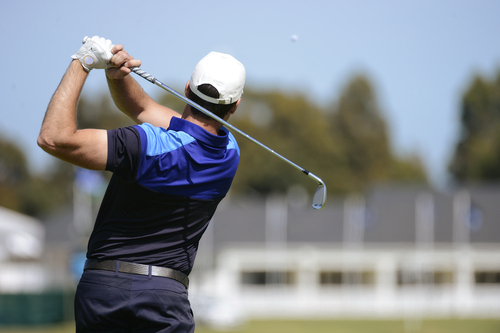Sports Performance and Neurofeedback
Persistent Performance Under Pressure
We all have experienced moments of high performance, seemingly without limitations: moments where your actions are well timed, your focus and skills perfectly combined and your performance transcends the ‘normal performance’ level. However, if they occurs, these experiences are often short and seem to happen unconsciously.
How would it feel if these moments would occur more often? What would happen if you are in this high performing state more frequently? To be able to concentrate better on your task, having a strong and flexible focus and feeling bright and more confident? Or experience more control over situations and, with less effort?
High-l evel sports performers know how important to be able to stay calm, yet alert and decisive when under pressure. This is sometimes known as being in ‘flow’ or ‘The Zone’.
evel sports performers know how important to be able to stay calm, yet alert and decisive when under pressure. This is sometimes known as being in ‘flow’ or ‘The Zone’.
Neurofeedback can help reach this pinnacle of performance by giving you direct feedback on your state of mind – we can literally train the brain to consistently enter ‘The Zone’ and keep it there for a sustained period of time.
We can also ‘tune-up’ the regulation of your brain to focus on specific psychological and physical improvement targets such as being less anxious on the green or hitting more aces through improved hand-to-eye co-ordination.
“Cup-winning soccer team have done it. A starting quarterback in the NFL has tried it out. And so has Jordan Kreuter, an 18-yearold golfer in North Carolina. The thing they have in common: They’ve all turned to Neurofeedback, a technique that promises to help athletes reprogram their brains so they can reach a zone of relaxed concentration during clutch situations. Long used to treat medical conditions such as attention deficit hyperactivity disorder, epilepsy and dementia, it is beginning to emerge as a tool for pro and amateur athletes alike with Neurofeedback machines even starting to show up at some local public golf courses.
This technique is bringing some science to the mental side of athletics, a field also known as sports psychology, which has often been derided by many players and trainers as hokum. In Neurofeedback, athletes strap on electrodes that measure brainwaves. They then try to learn how to control spikes in those brainwaves, which may signify distractions going on inside their heads, such as obsessing about a past performance.”
Source: Getting Your Head In the Game. From the World Cup to youth tennis, a training fad emerges; the science of finding the zone.
By RUSSELL ADAMS* on JULY 29 – 30, 2006.
*Russell Adams is a reporter at The Wall Street Journal, an American English-language international daily newspaper with a special emphasis on business and economic news. Also the largest newspaper in the United States. Previously Russell was a reporter at the Street & Smith’s SportsBusiness Journal.
